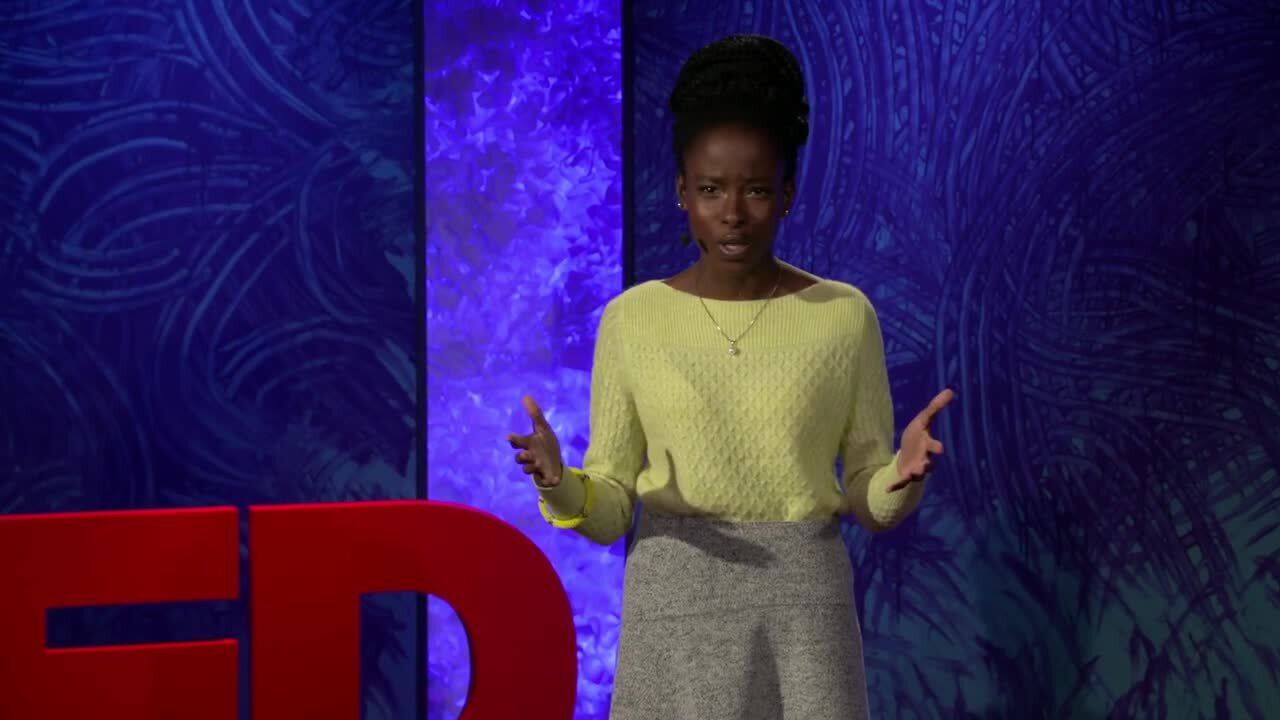
Identifying and Affirming Core Values
At a Glance
Language
English — USSubject
- English & Language Arts
Grade
7–8Duration
One 50-min class period- Culture & Identity
Overview
About This Lesson
Our decisions and choices are largely shaped by our values—the things that are most important to us. Giving students an opportunity to reflect on what matters most to them can be a self-affirming exercise. Evaluating their most important values can help students reflect on their sense of purpose and make choices aligned with what really matters to them.
In this lesson, students will engage in a values-affirmation exercise in order to identify and reflect on what matters most to them. Then they will create their own mantras, inspired by poet and author Amanda Gorman. The activities in this lesson lay the groundwork for a deeper exploration in later lessons of the costs and benefits of belonging to a group and the ways in which our values may shape our actions and decisions.
Preparing to Teach
A Note to Teachers
Before teaching this lesson, please review the following information to help guide your preparation process.
Lesson Plans
Activities
Materials and Downloads
Quick Downloads
Download the Files
Download allGet Files Via Google
Identifying and Affirming Core Values
Exploring Identity and Belonging through Poetry
Fitting In Versus Belonging
Additional Resources
Unlimited Access to Learning. More Added Every Month.
Facing History & Ourselves is designed for educators who want to help students explore identity, think critically, grow emotionally, act ethically, and participate in civic life. It’s hard work, so we’ve developed some go-to professional learning opportunities to help you along the way.
Exploring ELA Text Selection with Julia Torres
On-Demand

Working for Justice, Equity and Civic Agency in Our Schools: A Conversation with Clint Smith
On-Demand

Centering Student Voices to Build Community and Agency
On-Demand















